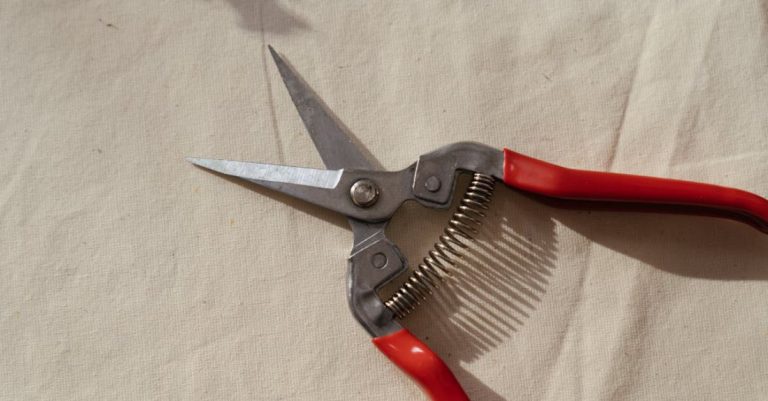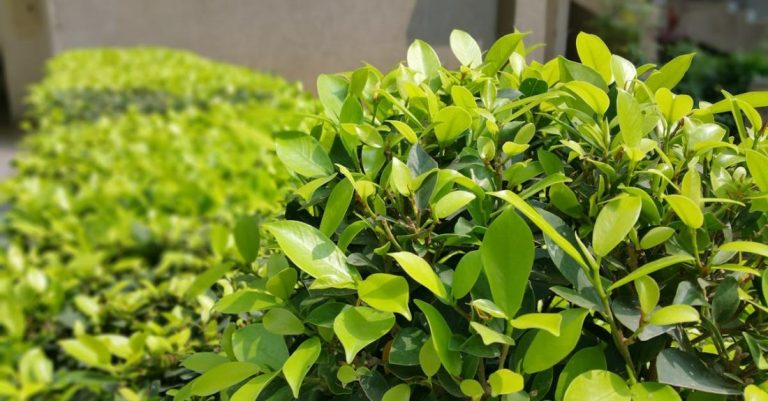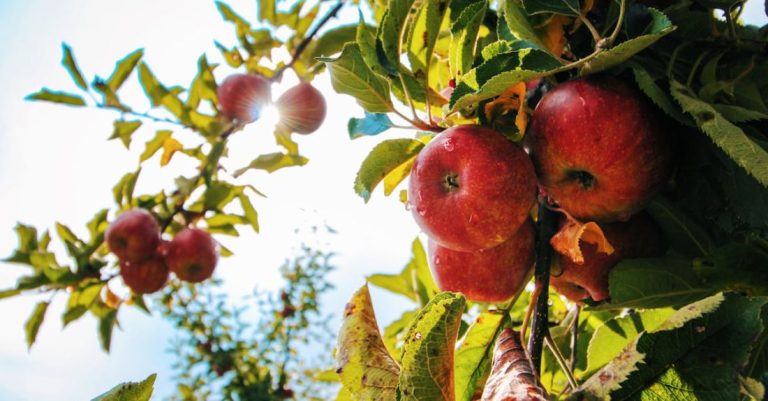
Pruning is an essential task for maintaining the health and appearance of your plants, trees, and shrubs. However, knowing the best times to prune can make a significant difference in the outcome. Timing your pruning efforts correctly can promote optimal growth, flowering, and overall plant health. Let’s explore the best times of year to prune and why timing matters.
**Winter Pruning**
Winter is an ideal time for pruning many plants, especially dormant shrubs and trees. During this period, deciduous plants have shed their leaves, allowing you to see the plant’s structure clearly. Winter pruning also helps stimulate new growth when spring arrives. It is crucial to prune before the plant starts actively growing again to avoid cutting off new buds or growth.
**Spring Pruning**
Spring is another excellent time for pruning, particularly for plants that bloom on new wood. Pruning in early spring before new growth emerges allows you to shape the plant and encourage healthy development. This is also an optimal time to remove dead or damaged branches that may have been affected by winter weather.
**Summer Pruning**
While spring and winter are popular pruning seasons, summer pruning can also be beneficial for certain plants. Summer pruning is ideal for controlling growth, shaping hedges, and removing any dead or diseased branches. Keep in mind that summer pruning should be done selectively, as excessive pruning during this season can stress the plant due to the active growth phase.
**Fall Pruning**
Fall is generally not the best time for extensive pruning, as plants are preparing for dormancy. However, light pruning to remove dead or damaged branches can be done in the fall. Avoid heavy pruning in the fall, as it can stimulate new growth that may not have enough time to harden off before winter.
**Consider Plant Species**
When determining the best time to prune, consider the specific needs of the plant species. Some plants, such as roses and fruit trees, have distinct pruning requirements based on their growth habits and flowering patterns. Research the optimal pruning times for each plant species in your garden to ensure you are pruning at the right time for maximum benefit.
**Pruning for Flowering**
For plants that bloom on old wood, such as lilacs and azaleas, it is crucial to prune immediately after flowering. By pruning right after blooming, you can remove spent blooms and shape the plant without sacrificing next year’s flowers. Be sure to research the flowering habits of your plants to determine the best time for pruning to avoid disrupting the blooming cycle.
**Pruning for Health**
Regular pruning is essential for maintaining plant health and preventing disease. Removing dead or diseased branches helps improve air circulation and sunlight penetration, reducing the risk of fungal infections and promoting overall plant vigor. Pruning also encourages new growth and can help rejuvenate older plants.
**Timing Is Key**
In conclusion, understanding the best times of year to prune is essential for the overall health and growth of your plants. By pruning at the right time, you can promote healthy development, encourage flowering, and maintain the aesthetic appeal of your garden. Remember to research the specific pruning needs of each plant species in your garden and tailor your pruning schedule accordingly. With proper timing and technique, pruning can be a valuable tool for enhancing the beauty and vitality of your landscape.





